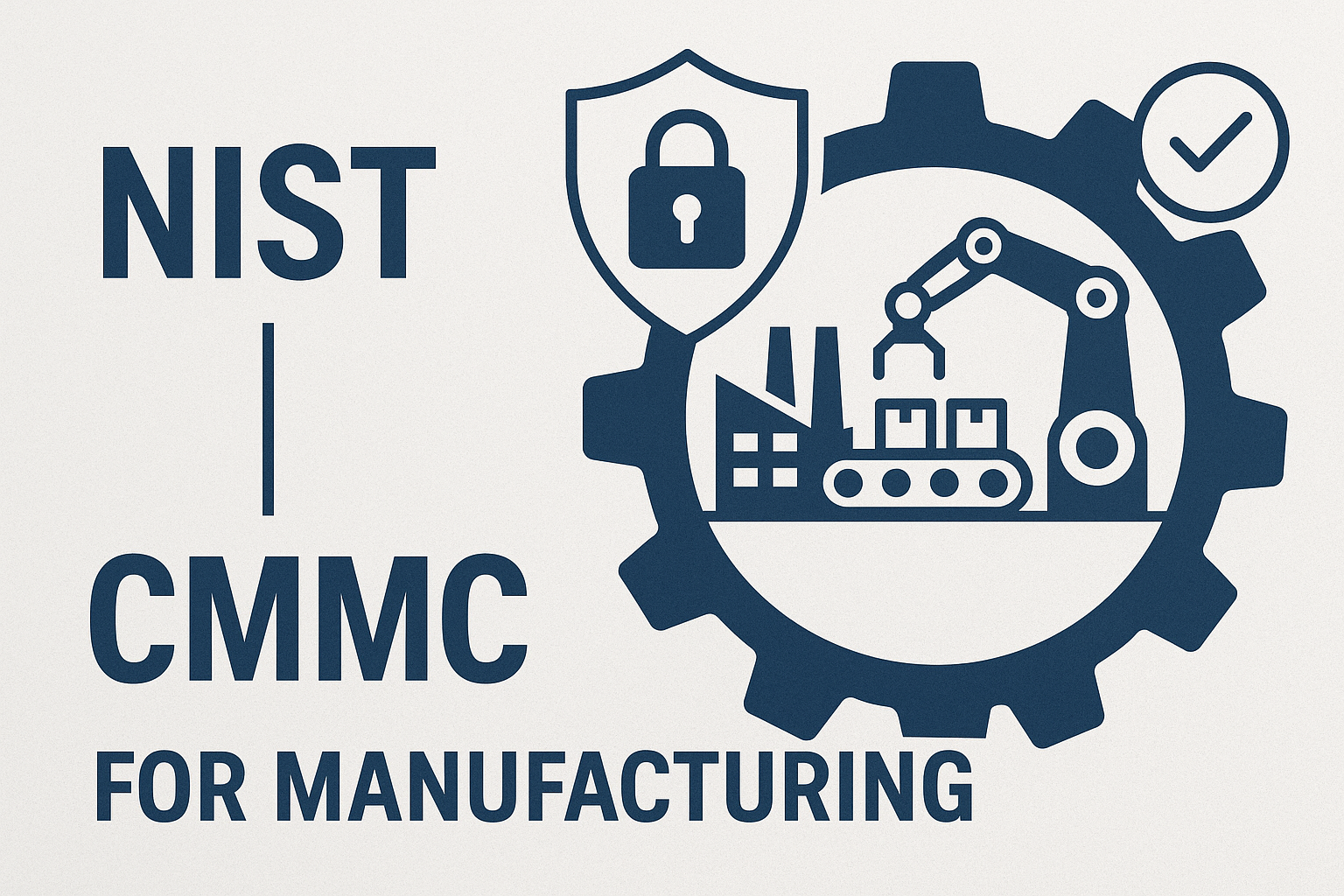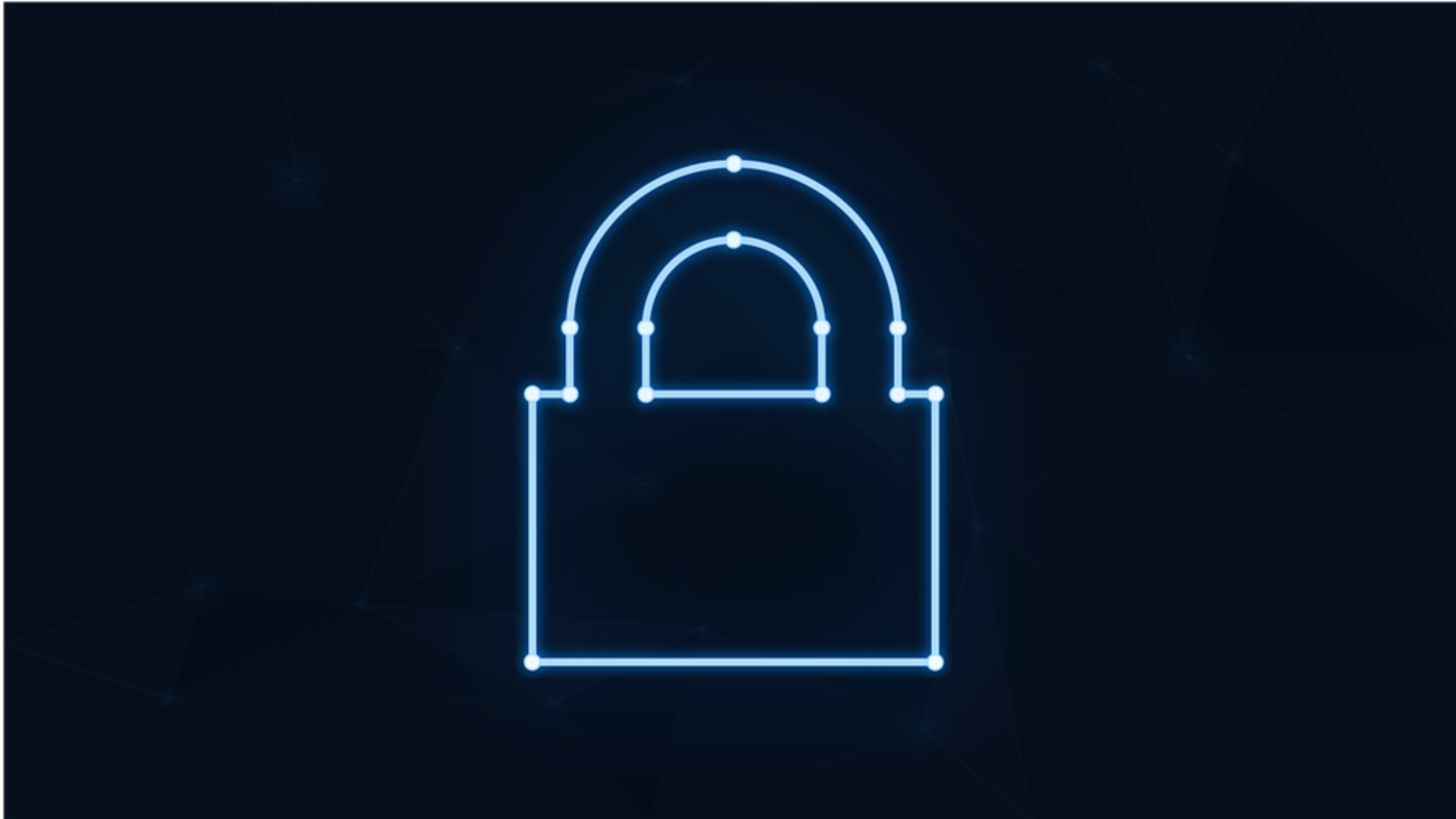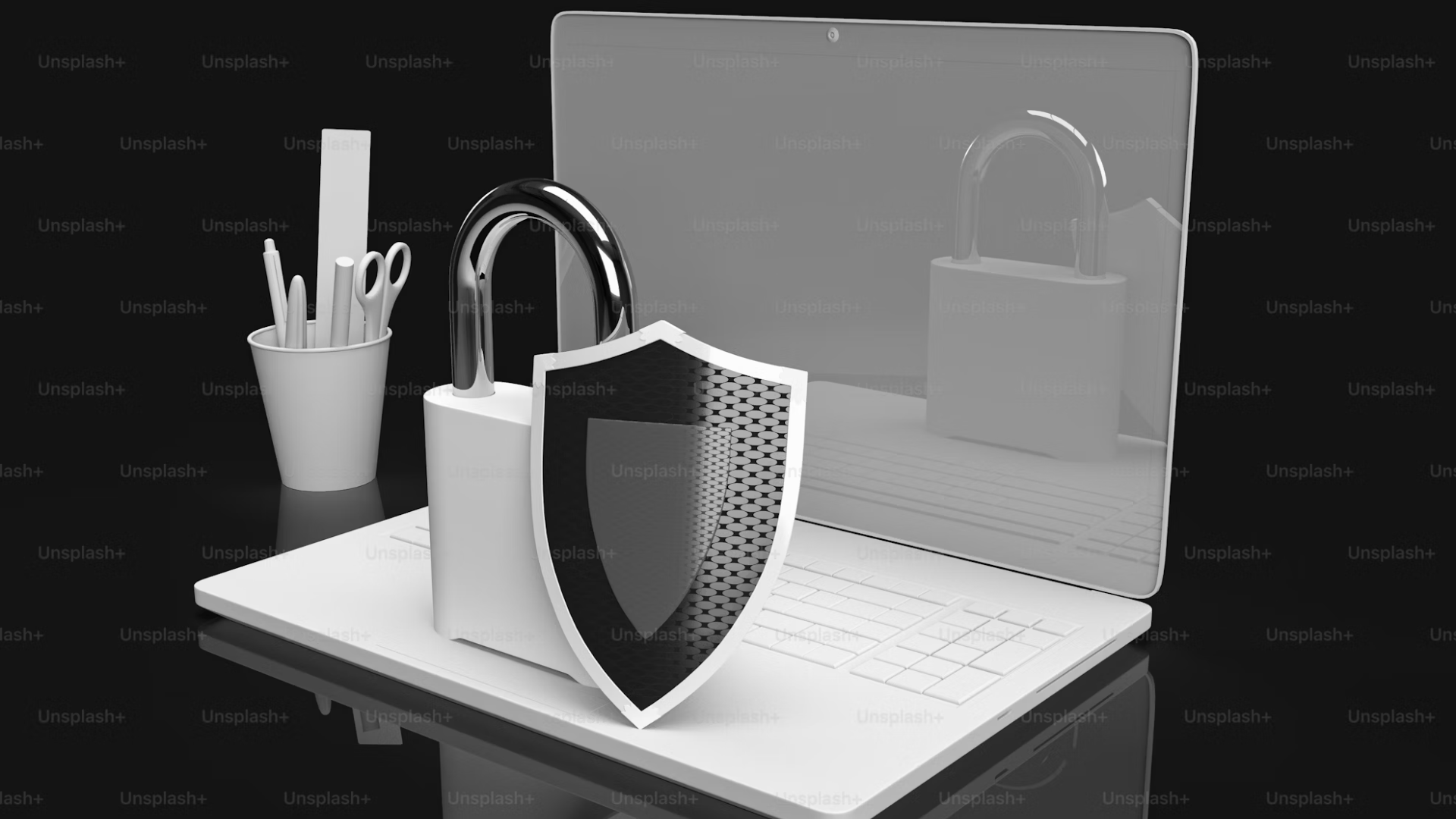How Compliance Standards Like CMMC & NIST Affect Idaho Manufacturers
When most Idaho manufacturers think about compliance, the first thing that comes to mind is OSHA safety standards, environmental regulations, or...
4 min read
![]() Totalcare IT
:
Oct 22, 2025 7:00:00 AM
Totalcare IT
:
Oct 22, 2025 7:00:00 AM
If you run a manufacturing business—especially one that blends IT with OT—you’ve likely been told to “get compliant” or “follow NIST.” But what does that actually look like in practice?
For many Idaho manufacturers, cybersecurity efforts start as a reaction: a failed audit, a customer demand, or a ransomware scare. That’s valid—but to truly reduce risk, protect uptime, and stay competitive, you need more than patches and policies.
You need a roadmap.
This post breaks down what that roadmap looks like—across phases, tools, and decisions—using proven frameworks like NIST CSF 2.0, CMMC, ISO 27001, and ISA/IEC 62443. Whether you’re just starting or leveling up, this guide shows you how to turn security chaos into structured progress.
Before you spend a dime, make sure you know what frameworks and requirements apply to you.
Here’s where many Idaho manufacturers begin:
Once you've zeroed in, launch a lightweight GRC (governance, risk, compliance) setup with:
This becomes your single source of truth for reporting, audits, and executive tracking.
You can’t improve what you can’t measure—so start by benchmarking your current state.
These strengthen your “Protect” and “Identify” posture—and give you meaningful security wins fast.
By now, you've built defenses. It’s time to catch and respond to threats—faster.
These build evidence-backed responses that auditors and business leaders expect to see.
Now it's time to formalize what you’re doing—and align it with standards and audits.
Now you're not only doing the work—you've documented it clearly.
This is where resilience turns into design—especially for new lines or retrofits.
Your roadmap isn’t done once you’ve implemented it. A healthy maturity program requires rhythm:
|
Cadence |
Key Activities |
|
Quarterly |
Access reviews, vendor attestations, IR tabletop, SIEM tuning, OT access audit |
|
Annually |
C2M2 reassessment, ISO internal audit, NIST CSF review, CMMC self-assessment, 62443 review |
|
Function |
Tool Type |
Framework Benefits |
|
Secure Access |
SASE / Secure Access Gateway |
Maps to NIST CSF Protect, NIST 800‑171 AC, ISO Annex A, ISA/IEC 62443 conduits |
|
Endpoint Protection |
EDR / NGAV |
Supports NIST CSF Protect/Detect, ISO, CIS Controls, NIST 800‑171 SI |
|
Log Management |
Cloud SIEM |
Enables CSF Detect/Respond, ISO, NIST 800‑171 AU, IR |
|
Incident Response |
MXDR with SOAR |
Provides CSF Respond/Recovery, ISO incident management, NIST 800‑171 IR |
|
Governance Tracking |
GRC Platform |
Supports CSF Govern/Identify, ISO ISMS structure, and CMMC readiness operations |
If you’re looking for a streamlined, modular approach to implementing your cybersecurity roadmap, the Todyl platform offers an integrated suite that maps directly to many of the needs we’ve covered:
Todyl makes it possible to consolidate critical security functions into a single platform—ideal for manufacturers who want enterprise-grade protection without a bloated toolset.
TotalCare IT supports and implements Todyl directly—which means you don’t have to figure it out alone. We configure it, manage it, and tailor it to your framework and operational goals.
Tools help operationalize compliance—but it’s governance, culture, and leadership that bring it to life.
Don’t wait to organize these—build them into your roadmap.
Cybersecurity frameworks aren’t just for show—they’re structured pathways toward operational trust, safety, and business continuity. You don’t need to buy everything at once.
Start small:
Ready to put this roadmap into action—with a platform that fits your size and speed?
TotalCare IT can help you implement a Todyl-powered security stack, map controls to frameworks like NIST or CMMC, and keep everything aligned through one clear plan. No jargon, no pressure—just straight answers and practical execution.

When most Idaho manufacturers think about compliance, the first thing that comes to mind is OSHA safety standards, environmental regulations, or...

Staying ahead of threats is a challenge for organizations of all sizes. Reported global security incidents grew between February and March of 2024. ...

NIST SP 800-171 is a special publication put out by the National Institute of Standards and Technology (NIST) that addresses Protecting Controlled...